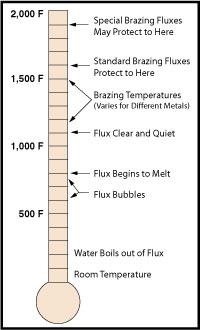The microstructural evolution and mechanical properties of cu sheets were investigated by metallographic characterizations tensile tests and fracture analysis.
Copper sheet rolling temperature.
In metalworking rolling is a metal forming process in which metal stock is passed through one or more pairs of rolls to reduce the thickness and to make the thickness uniform.
The total thickness was reduced by 55 through three rolling passes.
The copper forming process.
The concept is similar to the rolling of dough rolling is classified according to the temperature of the metal rolled.
Five different processes plus variations within those five processes are used to form copper.
Hot rolling is carried out at temperatures above the recrystallization temperature of the metal.
A complete listing of temper designations and descriptions for copper and copper alloys cane found in astm b601 standard practice for temper designations for copper and copper alloys wrought and cast.
Hot rolling is carried out at temperatures above the recrystallization temperature of the metal.
Copper is the only solid surface material registered by the u s.
The recrystallization temperature is that temperature at which the crystal lattice structure of the metal.
Environmental protection agency to continuously kill bacteria that pose a threat to human health.
This booklet will serve to answer immediate questions about using copper and copper alloys in familiar ways and in.
The pure copper sheets were rolled with a small strain in one pass at cryogenic and room temperature respectively.
Copper processing copper processing roasting smelting and converting.
The copper forming process.
For the r foil the as cast grain structure as well as the cellular dislocation substructure becomes stretched during rolling.
If the temperature of the metal is above its recrystallization temperature then the process is.
The effect of temperature on hardness and microstructure in rotary bending of copper sheets was investigated.
Additional information on physical properties and cold rolled tempers is available in data sheets from material suppliers asm metals handbook volume 2.
The process was subjected to a gradient of elevated temperatures reaching 200 c.
Once a concentrate has been produced containing copper and other metals of value such as gold and silver the next step is to remove impurity elements.
1 the anisotropy of young s modulus of copper sheet subjected to forward cold rolling to a reduction of 70 is determined primarily by the fourth harmonic of the expansion of the modulus curve.
Nonetheless there are several subtleties and exceptions.
No other touch surface material has this kind of registration.
Five different processes plus variations within those five processes are used to form copper.









